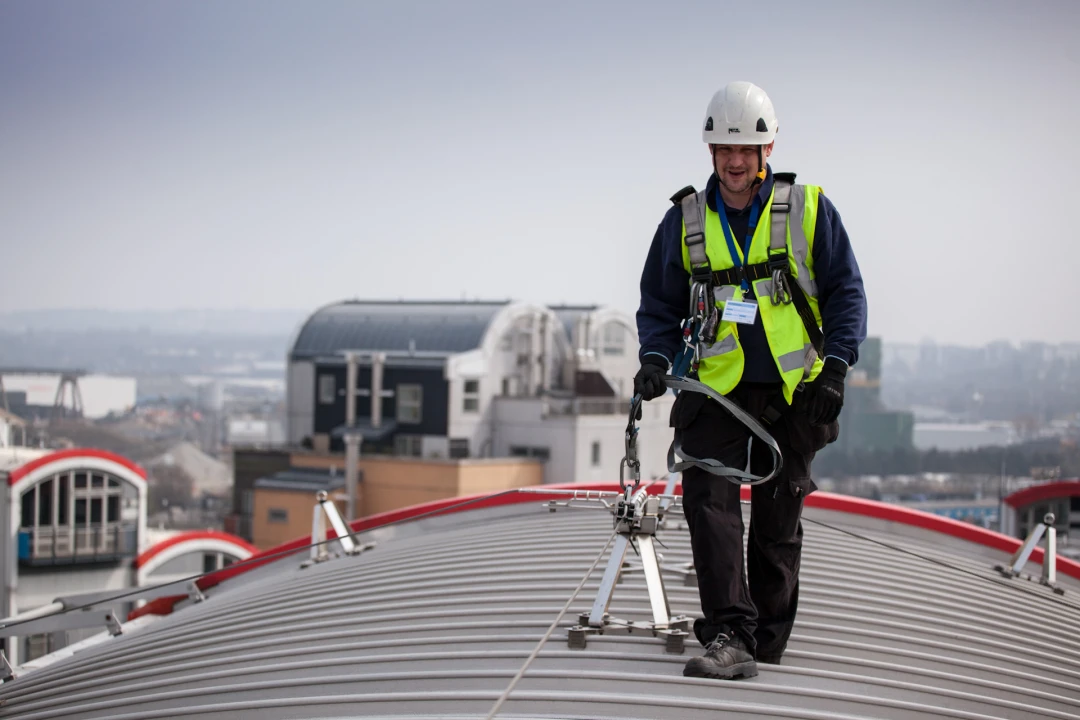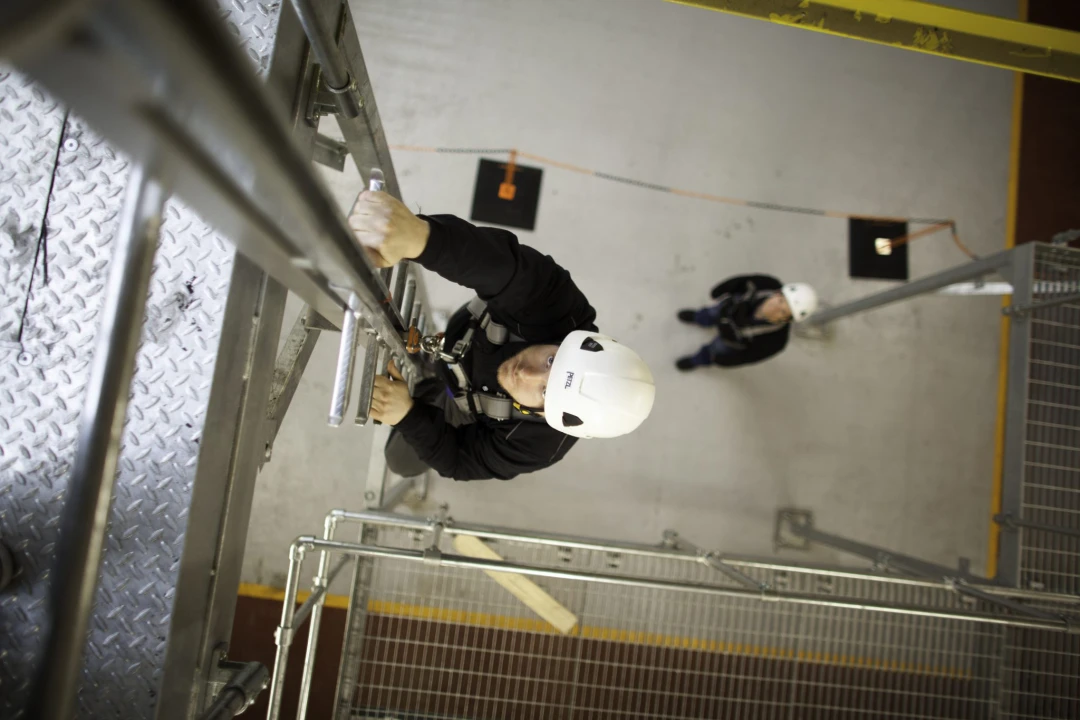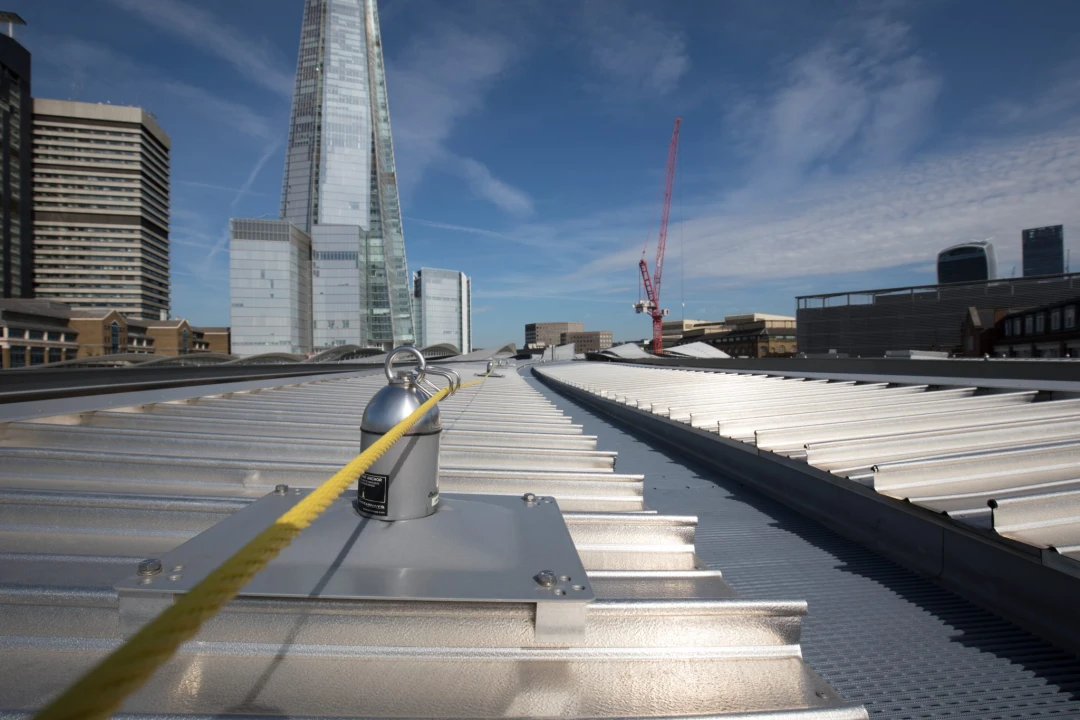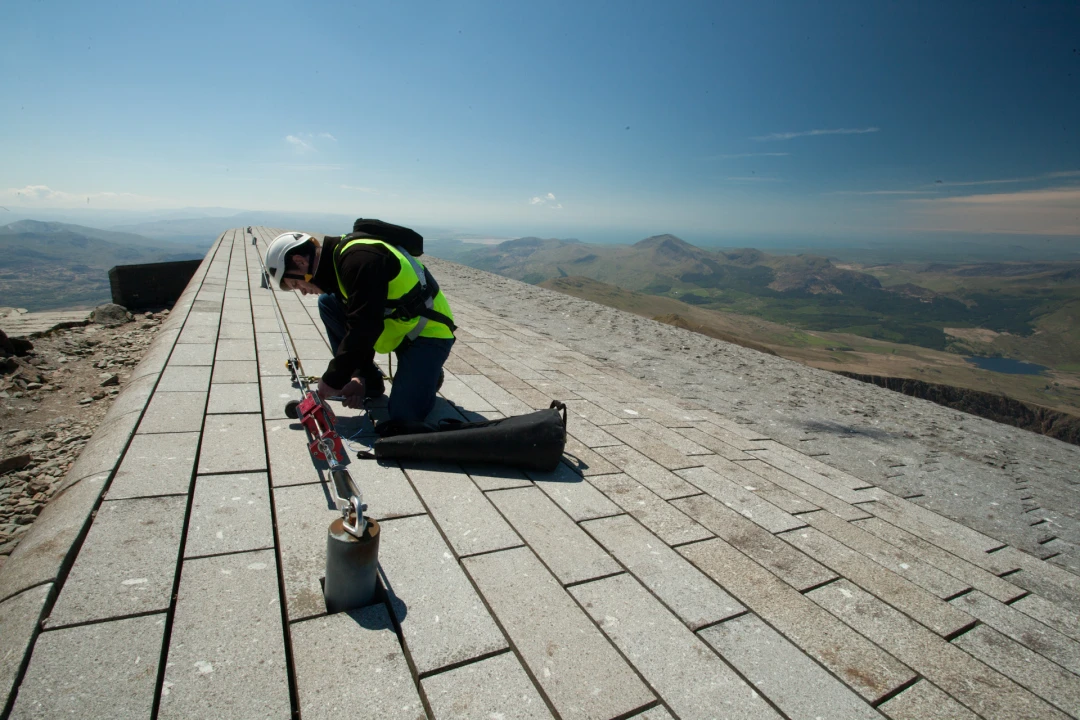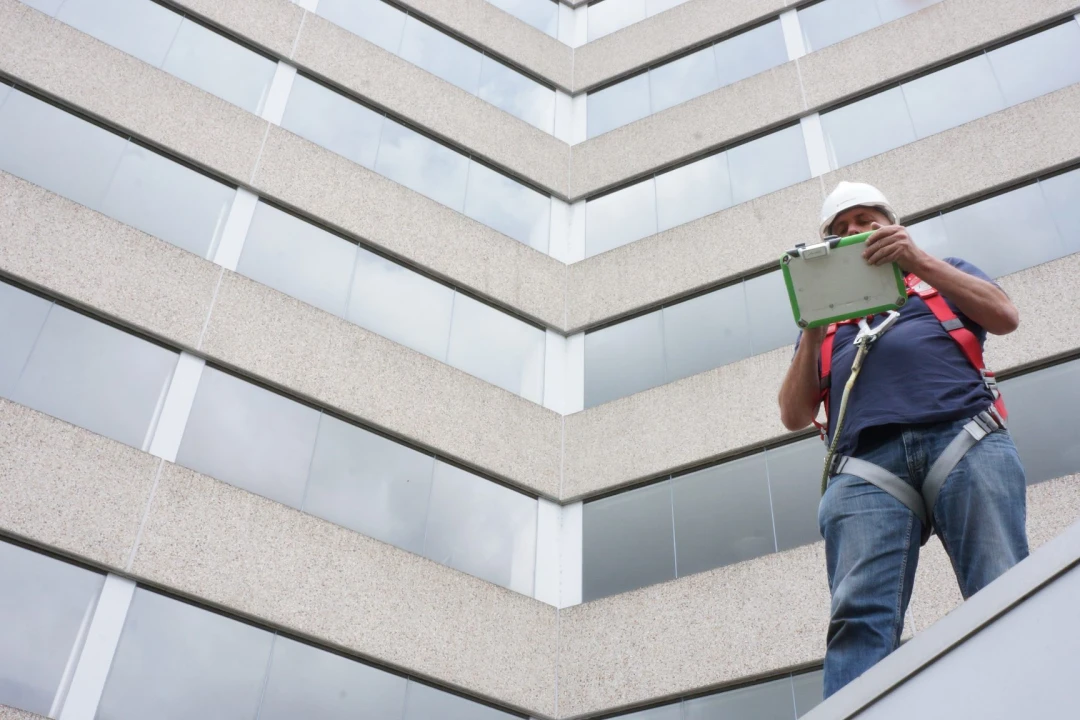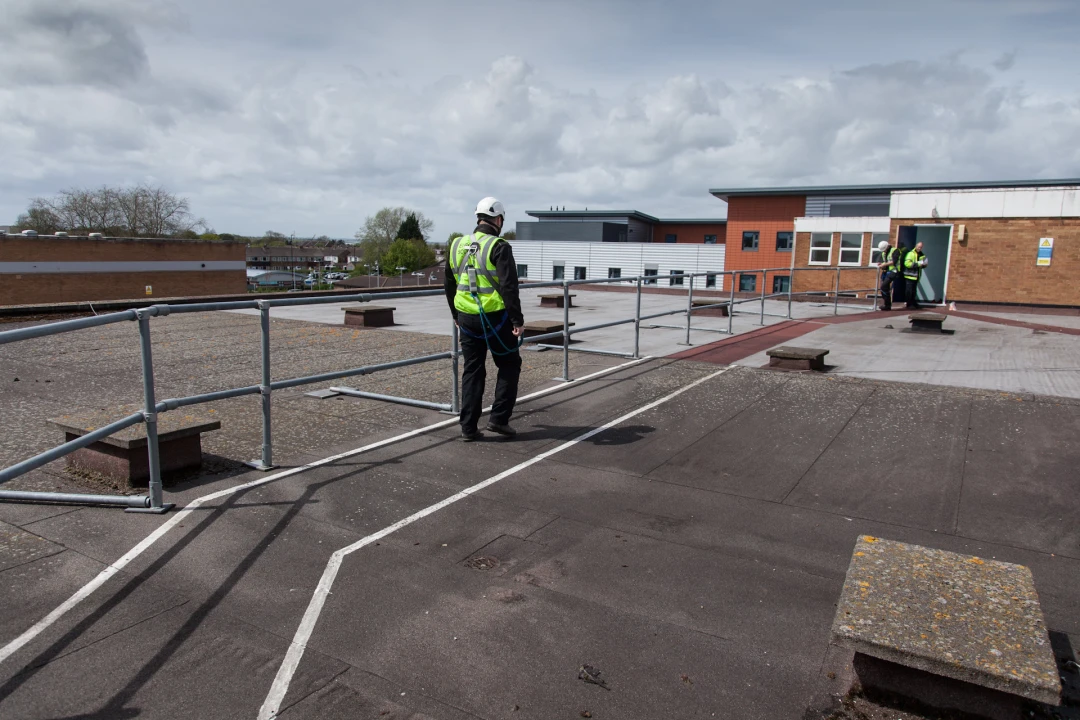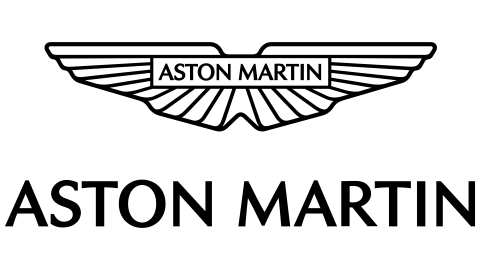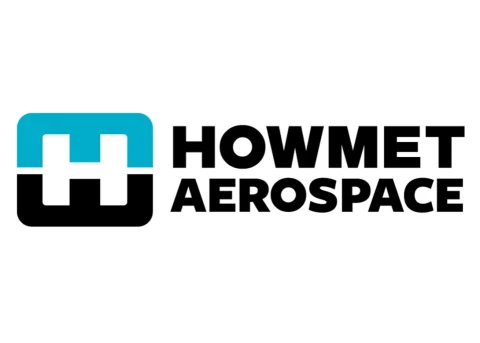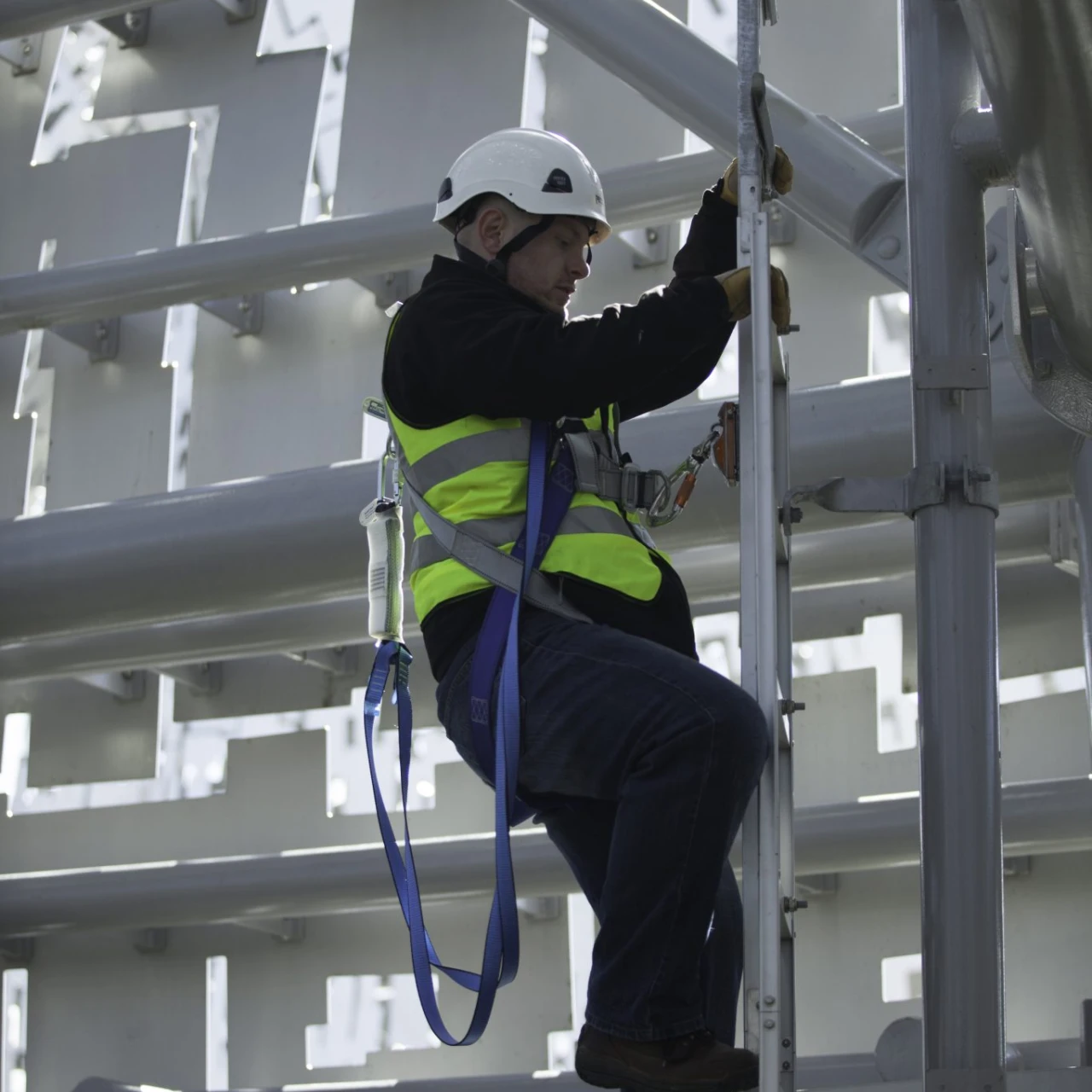

- Knowledge Base
- Blog
- Working at height regulations 2005
Working at height regulations 2005
Eurosafe are often asked various questions in relation to the Work at Height Regulations 2005.
Why are the Work at Height Regulations 2005 important?
The Work at Height Regulations 2005 have been made to prevent the deaths and injuries caused each year by falls at work.
The Work at Height Regulations 2005 replace all the earlier regulations about working at height. The Work at Height Regulations 2005 consolidate all previous legislation on working at height and implement European Council Directive 2001/45/EC concerning minimum safety and health requirements for the use of equipment for work at height (the Temporary Work at Height Directive).
What is “work at height”?
Regulation 2 states that the Work at Height Regulations 2005 applies to all instances of working at height where there is a risk of a fall liable to cause personal injury. A place is ‘at height’ if a person could be injured from falling from it, even if it is at or below ground level.
‘Work’ includes moving around at a place of work, except by a staircase in a permanent workplace, but not travelling to or from a place of work. For example, an end user working on a step ladder would be working at height.
What is the ‘hierarchy of risk management’?
Where a risk assessment has identified hazards that require control, there are some considerations which need to be addressed before setting priorities for controlling them. It is the responsibility of the duty holder to adhere to the hierarchy of risk management which suggests that, when having an employee working at height, there are three key stages to consider:
Eliminate the risk – when there is no need to work at height, Eurosafe Solutions Ltd recommend that end users are not put in a position where they are exposed to an unnecessary risk. If plant and equipment has to be installed on a roof, then it should be installed in safe locations where there is no risk of a fall.
Guard the risk – permanent structural barriers, such as a parapet or guardrail, are preferred by the HSE in eliminating a fall hazard without relying on the end user to have a great level of competence.
Protect the worker – if it is accepted that the environment will present a fall hazard, the end user should be protected from the fall hazard by means of a fall protection system.
What do the Schedules to the Regulations cover?
The Schedules cover the detailed requirements for:
Existing places of work and means of access for work at height
Collective fall prevention (guard rails and toe boards)
Working platforms
Collective fall arrest (nets and airbags)
Personal fall protection (work restraints, work positioning, fall arrest and rope access)
Ladders and step ladders
Inspection reports (for working platforms in construction only)
Revocations
Do the rules apply to you?
The Work at Height Regulations 2005 applies to all work at height where there is a risk of a fall liable to cause personal injury. They place duties on the employers, the self-employed, and any person who controls the work of others, such as facilities managers or building owners who may contract others to work at height, to the extent that they control the work.
The regulations do not apply to the provision of paid instruction or leadership in caving or climbing by way of sport, recreation, team building or similar activities.
If you are an employee or working under someone else’s control, regulation 14 says you must:
Report any safety hazard to them;
Use the equipment supplied properly, including safety devices, following any training and instructions (unless you think it would be unsafe, in which case you should see further instructions before continuing).
Who are the duty holders in ensuring fall protection is in place?
With any project, the Work at Height Regulations 2005 serves to ensure that the end users are given adequate fall protection and the ‘duty holders’ in providing this protection are:
Designer/Architect
Planning Supervisor
Facilities Manager
Principal Contractors/Sub-Contractor
Health and Safety Manager
Client/Building Owner
The overriding principle with Work at Height Regulations 2005 is that the Employer must do all that is reasonably practicable to prevent anyone falling.
What are the responsibilities of the duty holder?
It is the responsibility of the duty holder to adhere to the hierarchy of risk management which suggests that, when having an employee working at height, there are three key stages to consider:
Eliminate the risk – when there is no need to work at height, Eurosafe Solutions Ltd recommend that end users are not put in a position where they are exposed to an unnecessary risk. If plant and equipment has to be installed on a roof, then it should be installed in safe locations where there is no risk of a fall.
Guard the risk – permanent structural barriers, such as a parapet or guardrail, are preferred by the HSE in eliminating a fall hazard without relying on the end user to have a great level of competence.
Protect the worker – if it is accepted that the environment will present a fall hazard, the end user should be protected from the fall hazard by means of a fall protection system.
The Work at Height Regulations 2005 state that the duty holder must ensure:
All work at height is properly planned and organised
All work at height takes account of weather conditions that could compromise health and safety
Those involved in work at height are trained and competent
The place where the work at height is done is safe
Equipment for work at height is appropriately inspected
The risks from fragile surfaces are properly controlled
The risks from falling objects are properly controlled
Do fall protection systems require periodic inspection?
‘Inspection’ is defined by regulation 12(10) as ‘such visual or more rigorous inspection by a competent person as is appropriate for safety purposes… including any testing appropriate for those purposes’.
Under the Work at Height Regulations 2005 and BS EN 795, fall protection system should be inspected every 12 months. Through the understanding of this legislation, Eurosafe Solutions Ltd offer an annual test and inspection service designed to give a total solution to their customers. The end user should carry out a basic inspection of the fall protection system and their personal protective equipment upon using them.
Does the end user require certified training?
With any fall protection system, the end user should be given the correct equipment to enable them to use the system safely. This equipment, commonly known as personal protective equipment, should always be provided to the end user and should be specifically designed to suit the relevant fall protection system.
The end user should always be given the proper training to ensure that they are competent in the use of fall protection system. Eurosafe Solutions Ltd offer a detailed end-user training package and make it site-specific to ensure that the end user is familiar with both the equipment and the site when working at height.

